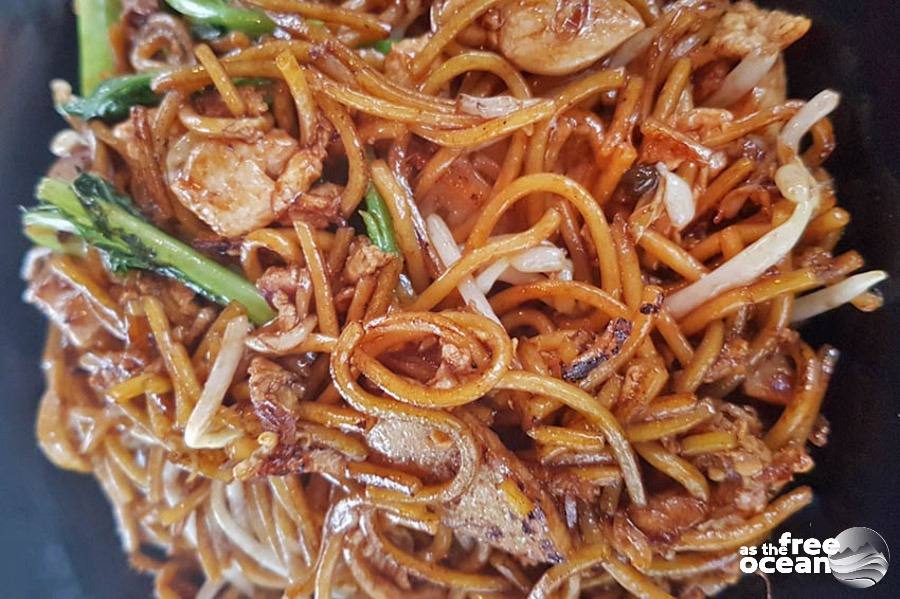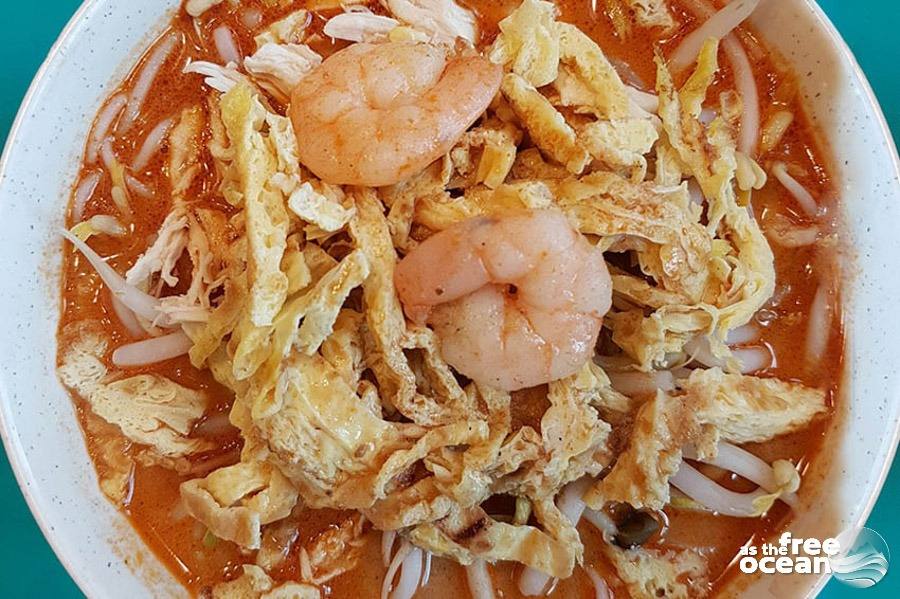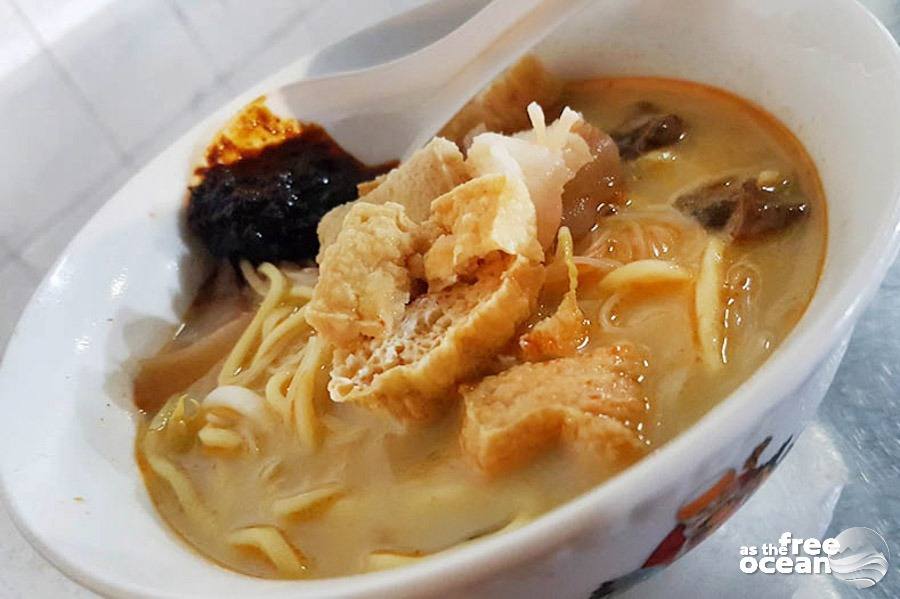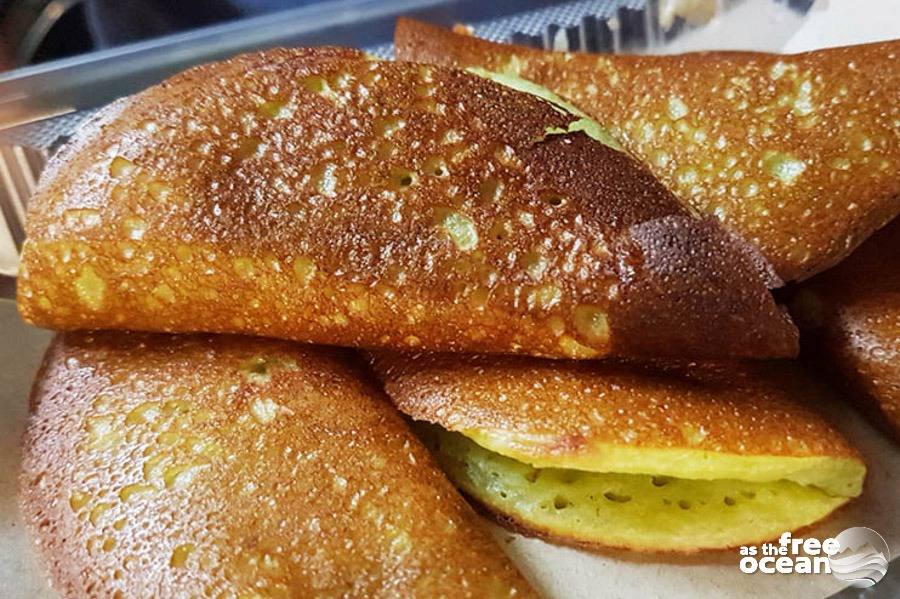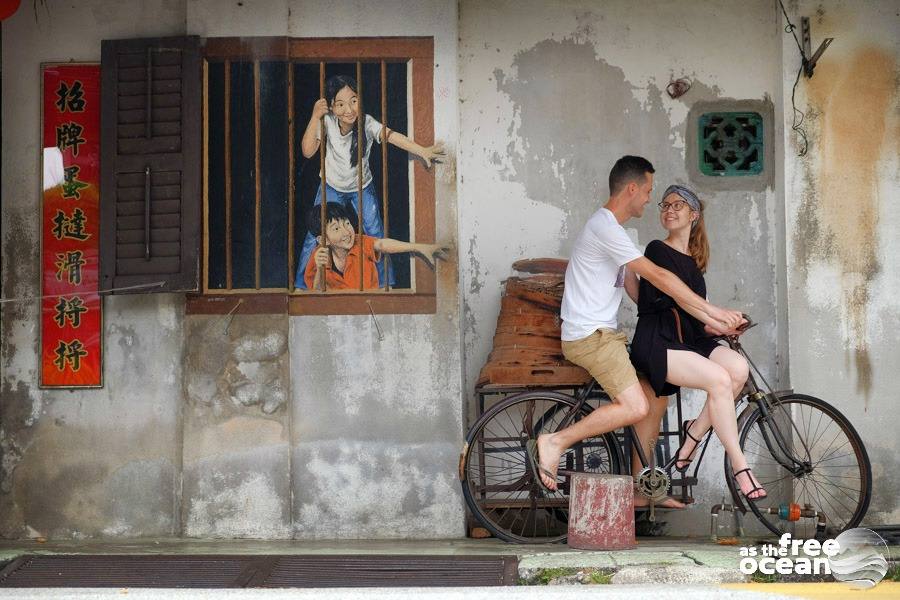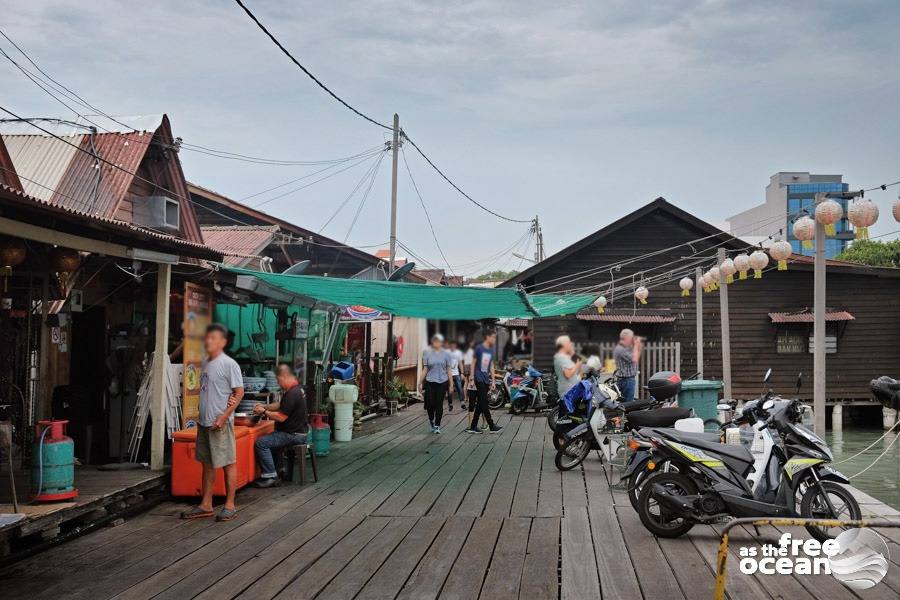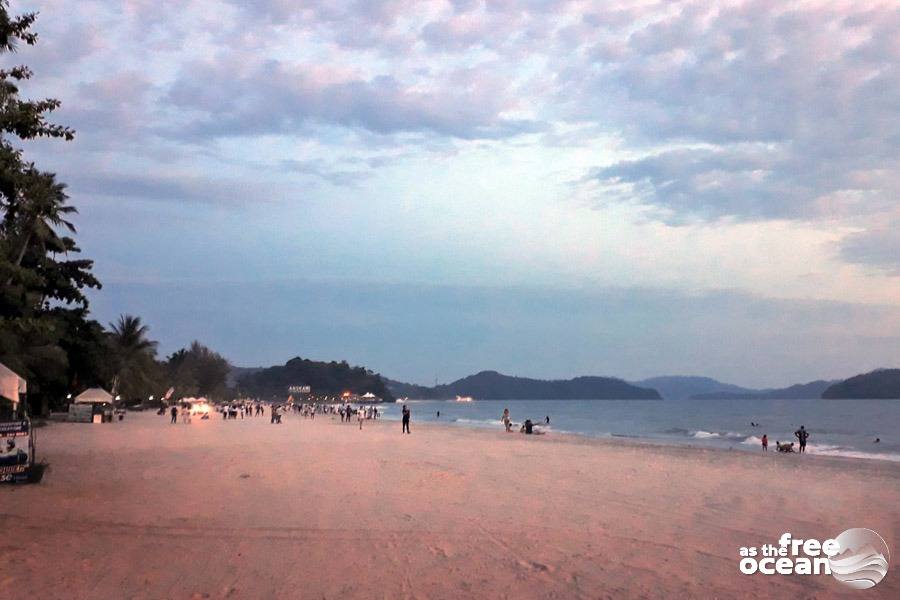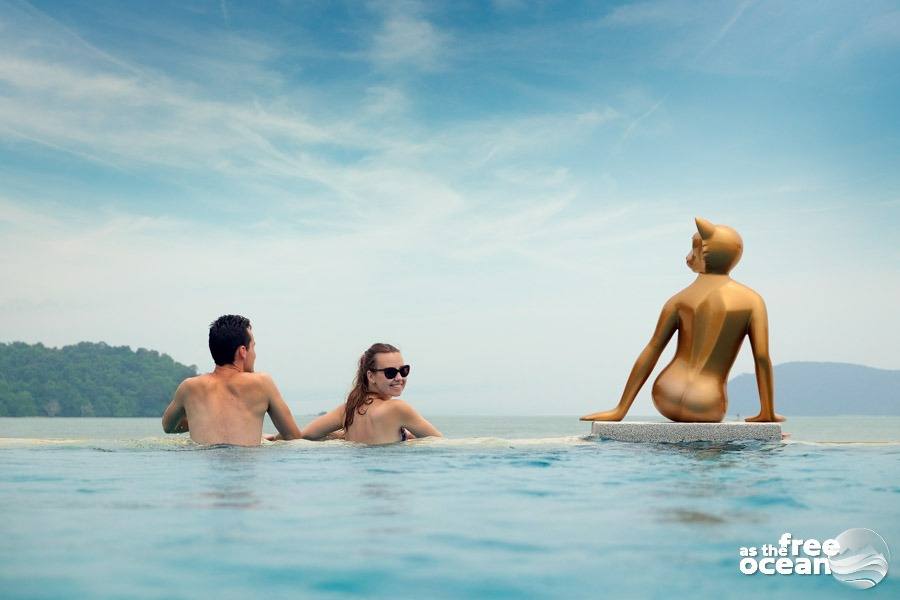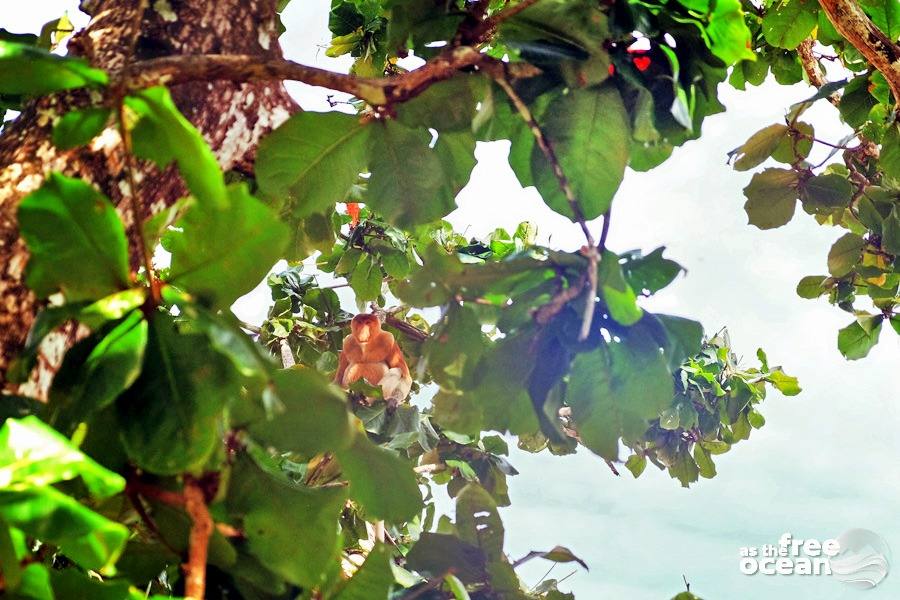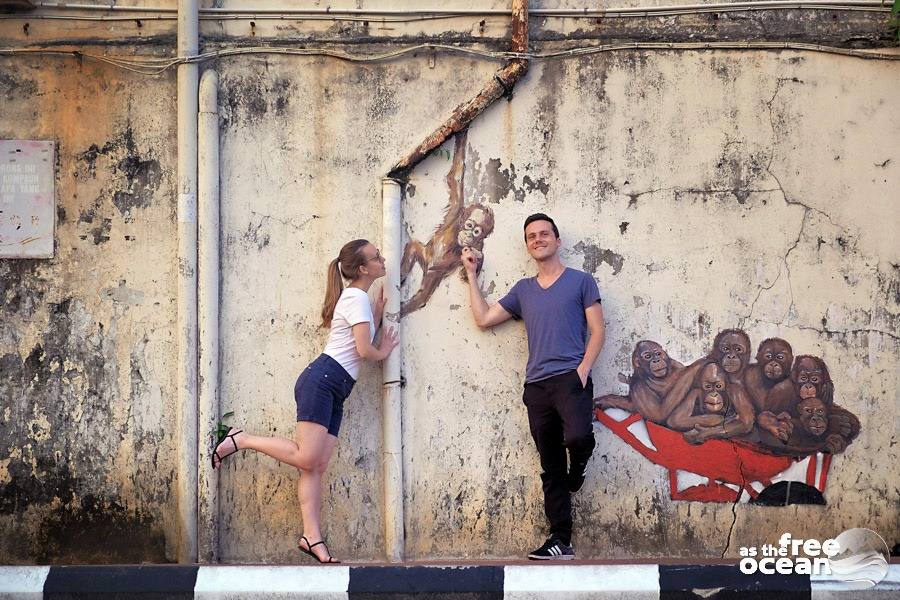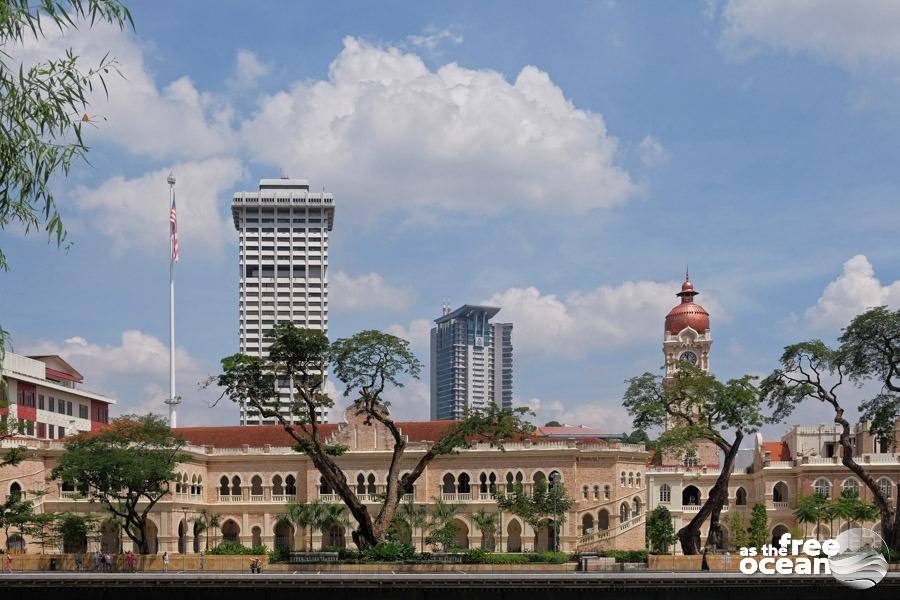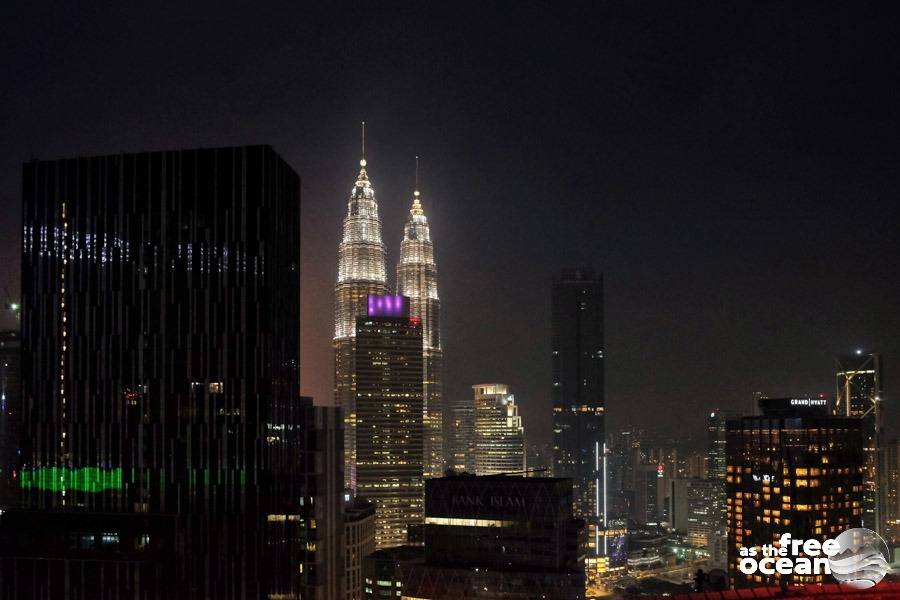In total, we spent 28 days in Malaysia and we have visited Kuala Lumpur, Borneo (Kuching), Penang (Georgetown) and Langkawi. Our main purpose was to do a „little travel break“, meaning that we wanted to use some time for ourselves, travel slower and take time to understand what we have already experienced during our world tour till that point. This little break felt great, especially in Kuching where we could enjoy moments of a „normal life“.
What we understood in these 4 weeks in the country is that there is too much to discover and therefore we will definitely need to come back. Here are some of the facts that we learned about Malaysia:
Fact #1 Diversity
In Malaysia, you can find a great diversity of landscapes: beaches, jungle, big city life, small city life, islands, mountains and hills etc. Even if we stayed for a short time we got to experience a bit of everything. We got to know the variety of food on the island of Penang and in Borneo, we explored the jungle wildlife of Bako National Park, we enjoyed some time at the beach and hiking in Langkawi and Kuala Lumpur impressed us with big skyscrapers and well organized public transportation – Malaysia really offers everything.
Fact #2 Religion and ethnic groups
It is not only the way nature defines the diverse landscapes, but also the cities are shaped by their population described as a diversity of nationalities with different cultures and beliefs. In Malaysia, you will find many different ethnic groups. The Malays are the biggest community, practicing Malay culture and customs and following Islam. Also, their language (Malay) is the national language of the country. The second-largest group is the Malaysian Chinese (23%) followed by the Indian community that, with 2 million people (7%), is the smallest of the three main ethnic groups.
English is spoken all over the country as Malaysia has been under the British Empire till 31.August 1957. That day was declared as Independence Day and public holiday (Hari Merdeka).
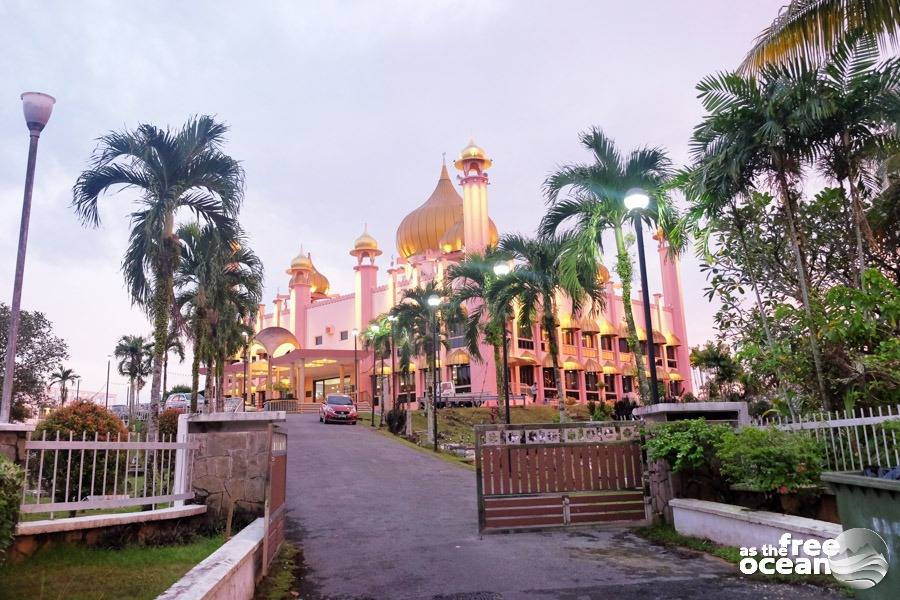
Fact #3 Palm oil
The next fact is a critical one, but we think it is important to be spoken about. Malaysia is after Indonesia the second largest producer of palm oil. Palm oil comes originally from West Africa, but nowadays 80% is produced in Indonesia and Malaysia, which means around 60 million tons of oil per year. The problem with the cheap oil is that is used in many different industries (auto, food, cosmetics, etc.) and the request is permanently increasing, therefore more and more rain forest is burned down, which creates an extremely dangerous threat leading to the extinction of orangutans and other animals.
Fact #4 Petronas Towers
The most known symbol of Malaysia are definitely the Petronas twin towers in Kuala Lumpur. They are the tallest twin towers in the world, and from 1998 to 2004 they were the highest building in the world. With 451.9m high they also feature the highest 2 store bridge in the world in the 41st and 42nd floor.
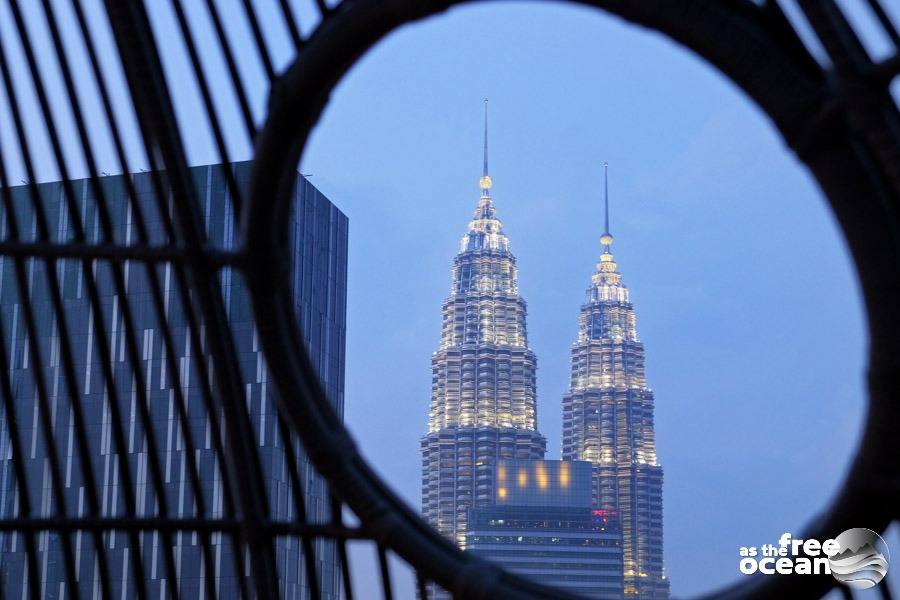
Fact #5 Modern country Malaysia
We must say that Malaysia has a similar culture and natural environment to the one in Indonesia, but it is much more modern than we thought at the beginning. Not only in Kuala Lumpur, but also in other cities you can find a very good infrastructure and transportation methods, modern buildings, commercial centers and malls.
There is so much more to say about Malaysia and we really hope that soon we will get another chance to not only visiting Kuala Lumpur while changing flights but also have another longer stop in this modern country.

